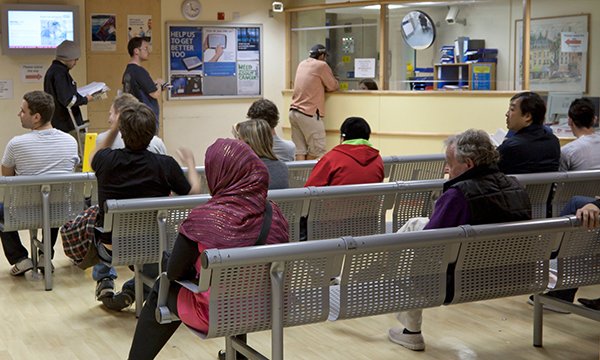Fewer nurses in EDs linked to serious patient outcomes

New research suggests lower nurse staffing levels in emergency departments are linked to longer waits, patients leaving without being seen and serious outcomes

Having fewer nurses on shift in emergency departments (EDs) is linked to delayed care and serious outcomes for patients, new research suggests.
The research found that lower nurse staffing levels in EDs were associated with longer waits, patients leaving without being seen and longer overall stays in the department.
Other associated outcomes included delays in receiving medications and treatments, and higher numbers of cardiac arrests in the department.
Researchers from the University of Southampton worked with academics in Ireland and Australia to identify 16 studies – the majority of which were conducted in the US – for the paper, which was published in the International Journal of Nursing Studies.
Increased workload delayed steps in patient care and meant vital signs observations could be missed
Peter Griffiths, chair in health services research at the University of Southampton and co-author of the paper, said: ‘EDs around the world are facing increasing pressures due to increasing demand and more complex health problems. At the same time, it is becoming harder to recruit and retain nursing staff.
‘The COVID-19 pandemic has had a lasting impact on the well-being of healthcare workers and there is an increase in the number of nurses saying they want to leave emergency nursing,’ said Professor Griffiths. ‘This will make it increasingly challenging to staff EDs effectively. Our research suggests this could have a range of negative outcomes for patients.’

Four studies mentioned the length of stay, finding that nurses’ workload increased as the number of patients went up and this delayed them from processing the next steps in patient care. This in turn led to longer stays for patients. One study highlighted that this could cause time-sensitive vital signs observations to be missed in crowded EDs.
Other studies suggested that the rate of cardiac arrest in patients increased significantly when a single nurse was looking after more than nine patients, and found associations between nurse staffing and the probability of death for patients admitted to an ED over the weekend with a heart attack.
Nurses work on understaffed shifts but with more patients to care for, says RCN
The RCN warned that care of patients would not improve unless there were enough registered nurses to care for them.
RCN deputy chief nurse Lynn Woolsey said: ‘This research emphasises what nursing staff have long been telling the government – fewer nurses means patients suffer.
‘Nurses are doing all they can to deliver the best care possible but they are facing ever mounting pressures in EDs. They are working on understaffed shifts but with more patients to care for – while beds line the corridors and patients are treated in inappropriate places.
‘Patient care will not improve unless there are sufficient numbers of registered nurses to care for patients, but the number of staff leaving the NHS is at a record high. This will continue until nursing staff are valued as they should be.’
In other news

